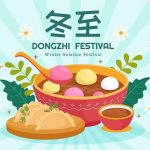Ah, the Winter Solstice, or Dongzhi Festival in China! It’s that magical time of year when the days are the shortest, and the nights are the longest. While the winter chill might send shivers through your bones, Winter Solstice is a time to cozy up with family, indulge in delicious food, and celebrate all the little things that make life feel warm and wonderful.
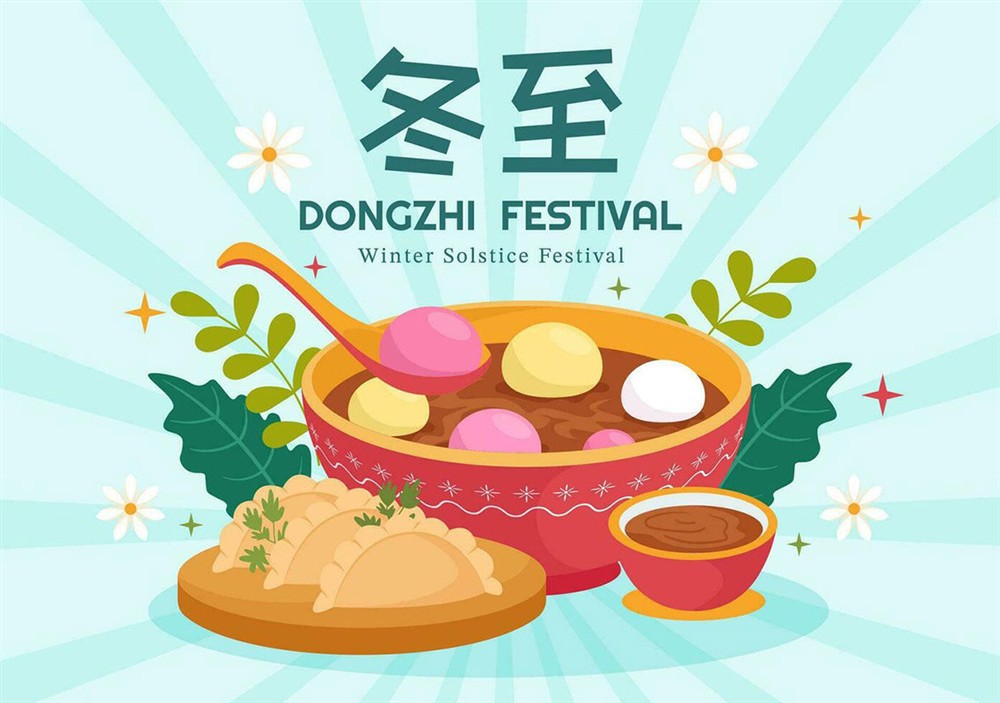
But wait, how did this holiday come about, and why is it such a big deal in China? Let’s dive into the history, food, and festivities of this special day and discover how people all across China celebrate the Winter Solstice with heartwarming traditions!
The Origin of Winter Solstice: A Time of Rebirth and Renewal
The Winter Solstice has been celebrated in China for over 2,000 years, dating back to the Han Dynasty. It marks the longest night of the year and, symbolically, the turning point when the days begin to grow longer again. This shift from darkness to light represents renewal, a fresh start, and the return of the sun’s warmth. It’s not just about the seasons, though—it’s about family, health, and honoring the cycles of nature.
In ancient times, the Winter Solstice was considered an important time for balance—a day when the Yin (cold, dark) energy reaches its peak, and Yang (warm, light) energy starts to rise. In this spirit, people would perform special ceremonies, honoring ancestors and the spirits of nature, as well as giving thanks for the harvest.
The Winter Solstice has also long been a day to reconnect with family, share meals, and enjoy the warmth of home. Over time, it became a holiday to celebrate family unity and the changing of the seasons, setting the tone for the year to come.
What’s on the Menu? Delicious Winter Solstice Foods!
Okay, now let’s talk about the real fun—the food! Winter Solstice is all about eating hearty, comforting dishes that warm you from the inside out. Different regions in China have their own special dishes and customs associated with this holiday. Let’s take a tasty journey through the country to see what’s cooking!
Northern China: Dumplings Galore!
In the cold, snowy regions of northern China, the Winter Solstice is synonymous with dumplings! Why dumplings? Well, according to legend, a famous doctor named Zhang Zhongjing once used dumplings to treat frostbite during a harsh winter. The dumplings, filled with warm lamb and medicinal herbs, helped restore warmth and health to the people.
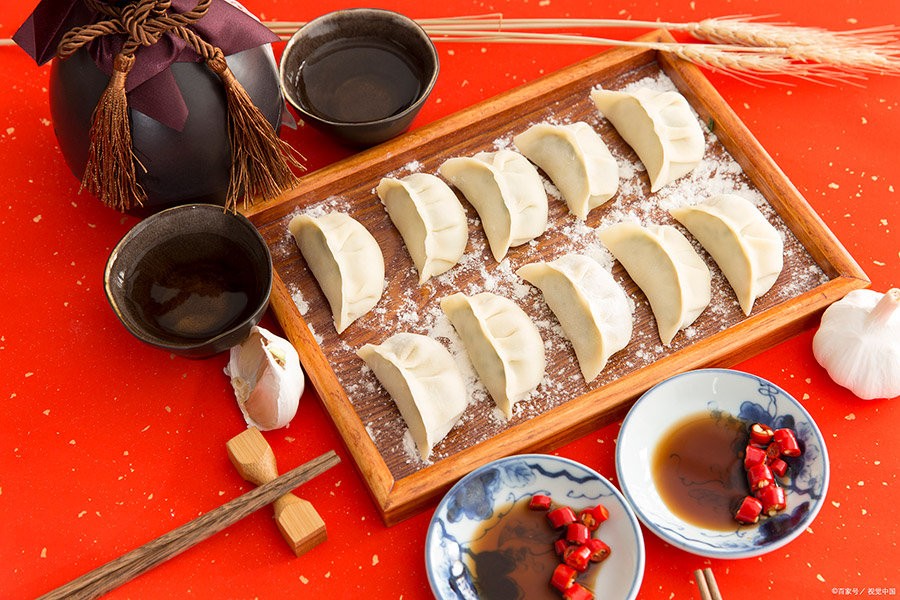
Today, dumplings (known as jiǎozi) are a must-have Winter Solstice food in northern China. Families gather around the table to make and eat these delightful treats. The dumplings are often filled with pork, beef, or vegetables, and are served with a tasty dipping sauce of vinegar and garlic. But wait—here’s the fun part! Some dumplings are even filled with lucky coins or herbs, and the person who finds one in their dumpling is said to have good luck for the year!
It’s all about the family bond, and eating dumplings together brings everyone closer. Plus, it’s a great way to warm up on a cold winter’s night!
Southern China: Sweet Rice Balls (Tangyuan)
In southern China, particularly in Guangdong, Fujian, and Zhejiang, the Winter Solstice is often celebrated with a sweet treat: tangyuan (汤圆), which are glutinous rice balls filled with delicious fillings like sesame, peanut, or red bean paste. These little chewy delights are served in a sweet, warm broth, making them the perfect comfort food for the season.
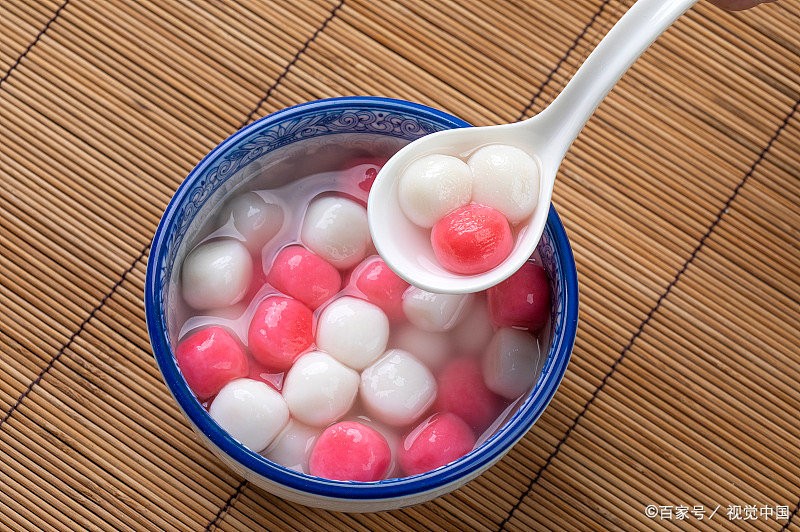
The round shape of the tangyuan symbolizes unity and completeness—a perfect reminder of the importance of family during this time. Eating tangyuan is believed to bring harmony to the family and good fortune for the new year.
Eastern China: Hot Pot and Sweet Noodles
In Shanghai and other parts of Eastern China, the Winter Solstice is a time for hot pot! A bubbling pot of broth sits in the middle of the table, and everyone adds their favorite ingredients like meat, tofu, vegetables, and noodles. The fun part? It’s interactive—everyone gets to cook their own food right at the table, making it a very social and warm meal.
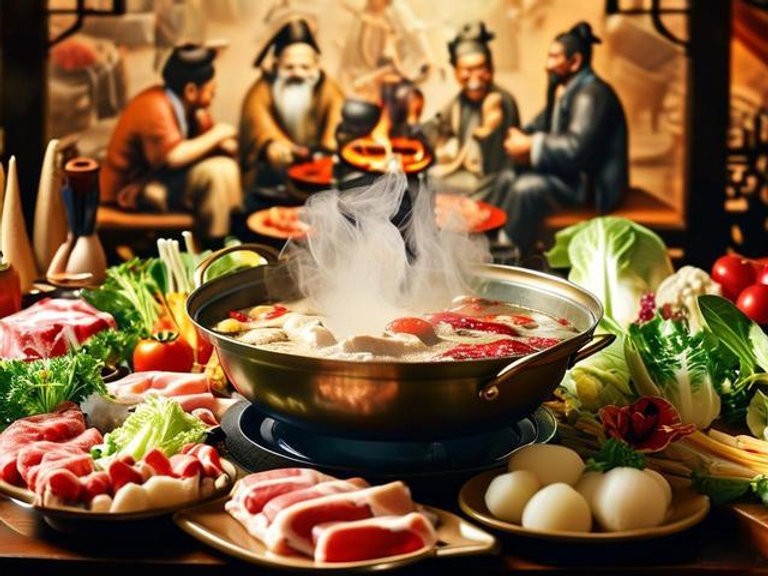
Hot pot is all about family togetherness and warmth, both physically and emotionally. The heat from the pot and the flavors in the broth provide a sense of comfort and community during the cold winter months.
Some regions in Eastern China also enjoy sweet noodles, made from rice flour and served in a fragrant, sweet syrup. The sweet noodles symbolize longevity and are believed to bring health and happiness to everyone at the table.
Southwestern China: Glutinous Rice Cakes
In the mountainous regions of Guizhou and Yunnan, people celebrate the Winter Solstice with glutinous rice cakes (年糕, niángāo). These chewy rice cakes are made from sticky rice and are often stuffed with sweet or savory fillings. Some people eat them in a warm soup, while others enjoy them as a sweet snack.
In addition to being super delicious, the rice cakes represent family unity and are thought to bring good fortune and prosperity in the new year.
Winter Solstice Activities: More Than Just Food!
Aside from the scrumptious meals, Winter Solstice is a time for fun activities and family bonding. People in different regions of China have unique ways to celebrate this special day:
Ancient Ceremonies
Some people still honor ancient customs, such as performing rituals to welcome the return of the sun and give thanks to ancestors for a good harvest.
Family Gatherings
Families gather around the table, share meals, tell stories, and enjoy each other’s company. It’s all about togetherness and celebrating the warmth of home.
Temple Visits
In some areas, people visit temples to pray for health, prosperity, and good luck in the coming year.
Folk Songs and Dance
In some rural parts of China, people also sing traditional songs and perform folk dances to celebrate the Winter Solstice.
A Cozy Time to Celebrate Life and Family
The Winter Solstice isn’t just about marking the shortest day of the year—it’s about celebrating life, family, and the changing seasons. From delicious dumplings in the north to sweet rice balls in the south, this holiday brings people together to enjoy hearty meals, warmth, and the joy of reunion.
So, whether you’re enjoying a bowl of tangyuan, sharing a hot pot with family, or making dumplings with loved ones, remember that the Winter Solstice is more than just a date on the calendar. It’s a time to reflect, reconnect, and embrace the traditions that keep us warm, no matter how cold it gets outside.
Happy Winter Solstice! Let’s celebrate togetherness, good food, and the promise of brighter days ahead.
Contact us today to craft your dream China adventure!

